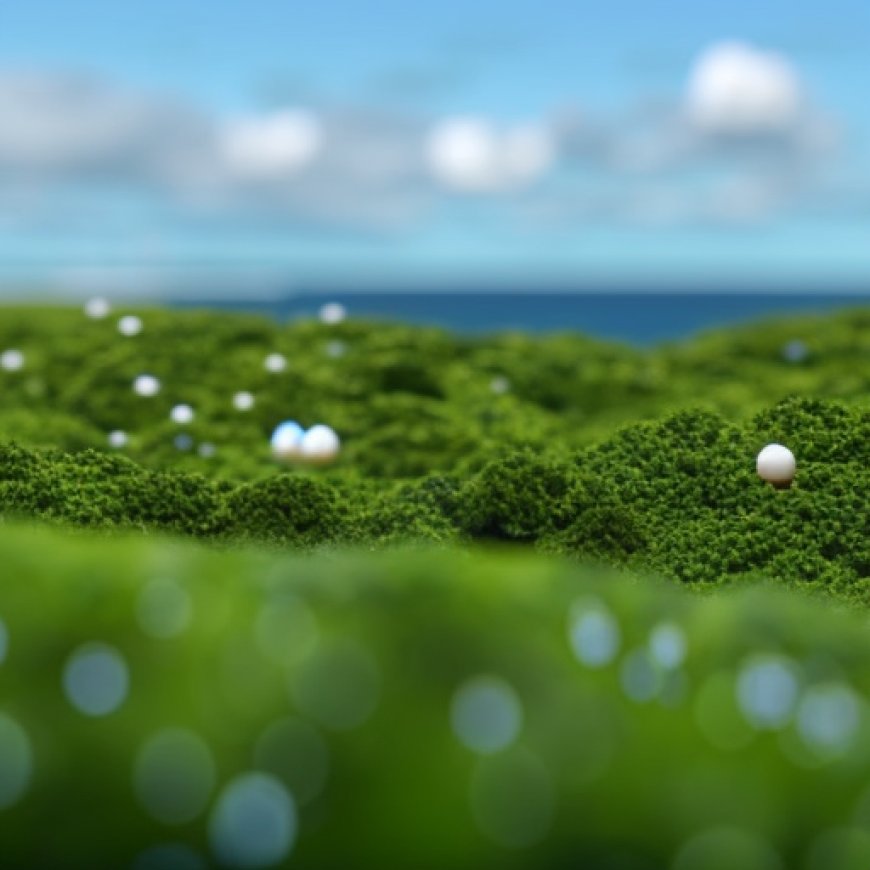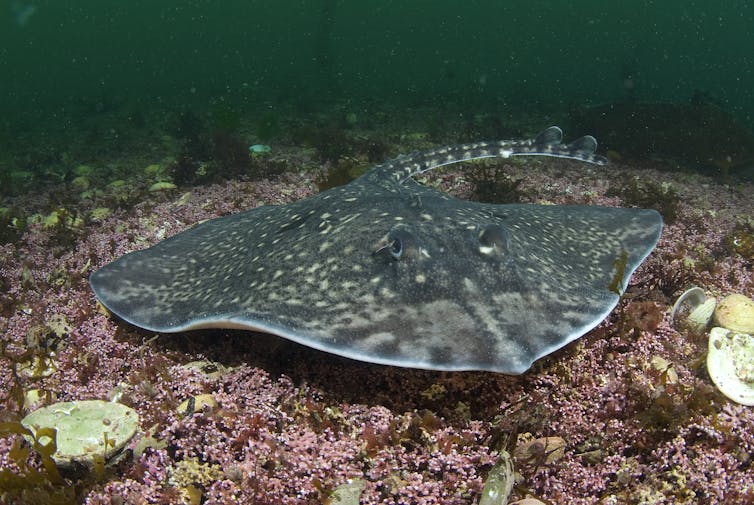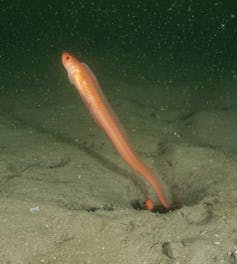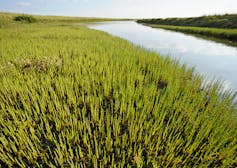How a new map of the UK’s blue carbon habitats could change how oceans are protected


The Importance of Blue Carbon for Climate Change Mitigation
The world’s oceans are home to different habitats that capture and store carbon – known as “blue carbon”. These include habitats that are typically found along coastlines, such as salt marshes and seagrasses, as well as vast seabed sediments further offshore made of mud, silt, and sand. The extent to which these habitats are protected and, where possible, restored, could have huge implications for the world’s future climate.
New Report Provides Baseline for UK’s Blue Carbon
A new report from the Blue Carbon Mapping Project, completed by the Scottish Association for Marine Science on behalf of World Wildlife Fund, The Wildlife Trusts, and the RSPB, provides a new baseline for the UK’s blue carbon. In fact, the UK is the first nation to map and estimate the amount of carbon stored in all of its seabed habitats, and this milestone could influence marine policy both here and around the world.
The Role of Blue Carbon in Tackling Climate Change
Helping nature to recover on land and at sea is fundamental for tackling climate change, alongside reductions in emissions. Protecting and restoring blue carbon habitats can contribute significantly to climate change mitigation efforts. The Blue Carbon Mapping Project gives the UK an opportunity to showcase the importance of blue carbon and the need to protect it.

Paul Naylor, CC BY-NC-ND
Key Findings of the Report
Through a review and collation of existing data, the report provides new estimates of the size and rates of accumulation in the carbon stores in UK seas. The key findings include:
- Seabed sediments are the largest blue carbon store, holding an estimated 244 million tonnes of organic carbon. Most (98.3%) of this carbon is stored within the top 10cm of these sediments.
- Coastal vegetated habitats, such as salt marshes and seagrass beds, contribute significantly to carbon storage, accounting for 1.7% of the UK seas’ total organic carbon stores.
- Salt marshes are the largest coastal vegetated habitat, containing 60% of the organic carbon in these habitats.
It is important to note that while salt marshes are mostly found in England and Wales, seagrass beds also play a critical role in carbon storage. However, further mapping is needed to better understand their distribution and capacity.
Protecting Blue Carbon for Climate Change Mitigation
Blue carbon habitats are vulnerable to human pressures, such as commercial fishing practices and industrial developments, which can disturb or damage these habitats. This can hinder or eliminate their ability to store and capture carbon. Long-term carbon storage in the sea relies on protecting blue carbon habitats from damage.
Read more:
Seabed trawling’s impact on the climate may be wildly overestimated – new study

Paul Naylor, CC BY-NC-ND
Strategic planning and avoiding disturbances to the seabed are essential for protecting blue carbon habitats. The UK has a network of marine protected areas, but these areas were not designated based on their value for capturing or storing carbon. With the new data provided by the Blue Carbon Mapping Project, policymakers have the opportunity to introduce more robust protections for blue carbon in UK waters.
These measures can contribute to achieving climate and biodiversity goals, including the Sustainable Development Goals (SDGs) such as net zero emissions and the international agreement to protect 30% of seas by 2030.

Terry Whittaker, CC BY-NC-ND
Protecting coastal habitats and seabed sediments from damage is a nature-based solution for keeping carbon in the ground. These measures not only contribute to climate change mitigation but also provide other social and economic benefits, such as nursery grounds for fish and better protections from storms.
Conclusion
The new report on the UK’s blue carbon provides valuable insights into the carbon storage of seabed habitats around the country. The data can be used to inform marine policy and introduce more robust protections for blue carbon in UK waters. By protecting and restoring blue carbon habitats, we can contribute to achieving the Sustainable Development Goals and ensure a sustainable future for our planet.

Don’t have time to read about climate change as much as you’d like?
Get our award-winning weekly roundup in your inbox instead. Every Wednesday, The Conversation’s environment editor writes Imagine, a short email that goes a little deeper into just one climate issue. Join the 35,000+ readers who’ve subscribed so far.
SDGs, Targets, and Indicators
1. Which SDGs are addressed or connected to the issues highlighted in the article?
- SDG 13: Climate Action
- SDG 14: Life Below Water
- SDG 15: Life on Land
2. What specific targets under those SDGs can be identified based on the article’s content?
- SDG 13.2: Integrate climate change measures into national policies, strategies, and planning.
- SDG 14.2: Sustainably manage and protect marine and coastal ecosystems to avoid significant adverse impacts.
- SDG 15.5: Take urgent and significant action to reduce degradation of natural habitats.
3. Are there any indicators mentioned or implied in the article that can be used to measure progress towards the identified targets?
- Indicator for SDG 13.2: Existence of national policies, strategies, and plans for climate change mitigation and adaptation.
- Indicator for SDG 14.2: Extent of protection and restoration of marine and coastal ecosystems.
- Indicator for SDG 15.5: Change in the extent and condition of natural habitats, including blue carbon habitats.
Table: SDGs, Targets, and Indicators
| SDGs | Targets | Indicators |
|---|---|---|
| SDG 13: Climate Action | 13.2: Integrate climate change measures into national policies, strategies, and planning. | Existence of national policies, strategies, and plans for climate change mitigation and adaptation. |
| SDG 14: Life Below Water | 14.2: Sustainably manage and protect marine and coastal ecosystems to avoid significant adverse impacts. | Extent of protection and restoration of marine and coastal ecosystems. |
| SDG 15: Life on Land | 15.5: Take urgent and significant action to reduce degradation of natural habitats. | Change in the extent and condition of natural habitats, including blue carbon habitats. |
Source: theconversation.com








